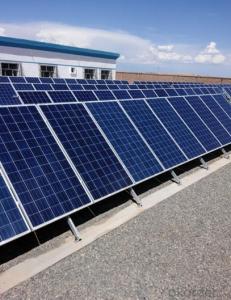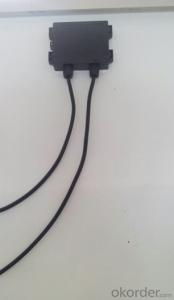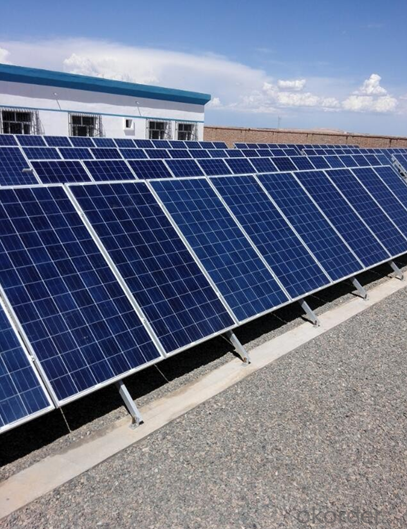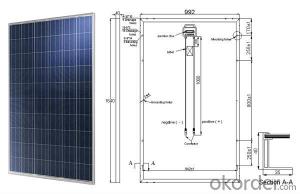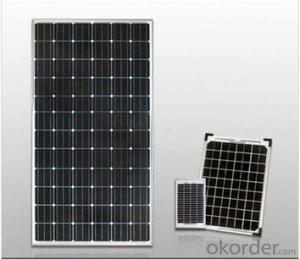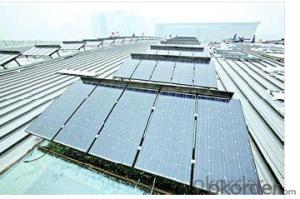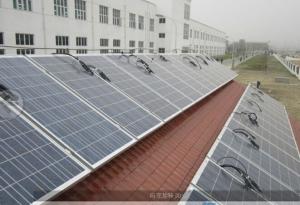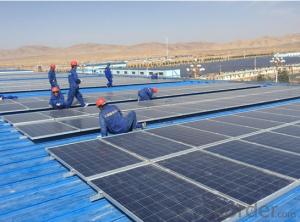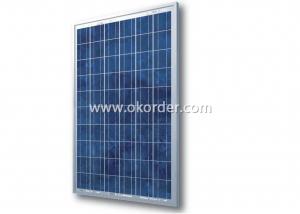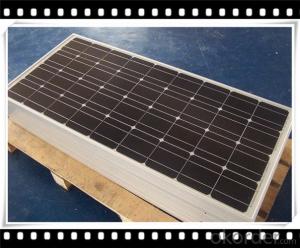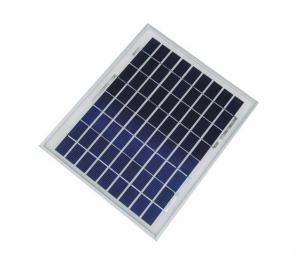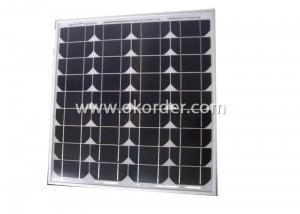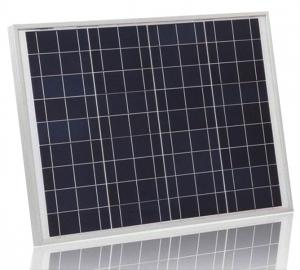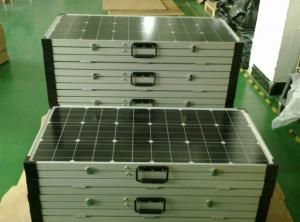Best Deals Solar Panels - 250W Poly Silicon Solar Module / 285Watt Solar Panel with Outlet CNBM
- Loading Port:
- Qingdao
- Payment Terms:
- TT OR LC
- Min Order Qty:
- 10 set
- Supply Capability:
- 300000 set/month
OKorder Service Pledge
OKorder Financial Service
You Might Also Like
Quick Details
| Place of Origin: | China (Mainland) | Brand Name: | CNBM | Model Number: | 285W solar module |
| Material: | Polycrystalline Silicon | Size: | 1956*992*50mm | Number of Cells: | 72 |
| Max. Power: | 285W | Cell Size(mm): | 156*156 | Tolerance: | 0~3% |
| Cells Number(pcs): | 6*12 | Weight(Kg): | 25 | Max.Series Fuse Rating (A): | 15 |
| Max.System Voltage-IEC(V): | 1000 |
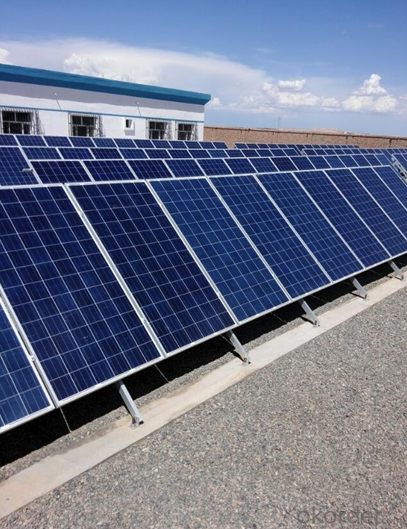

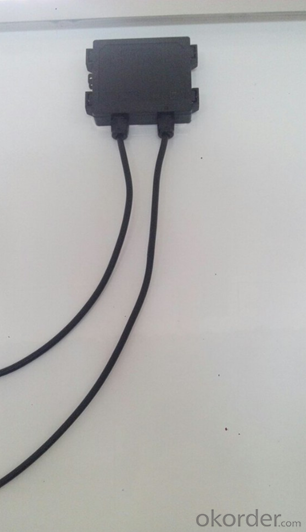
Polycrystalline Solar Module
XH250P(72)/ XH275P(72)/ XH300P(72)
Models | XH250P(72) | XH285P(72) | XH300P(72) |
Max. Power (Pmax) | 250Wp | 285Wp | 300Wp |
Optimum Operating Voltage (Vm) | 34.8V | 35.7V | 35.9V |
Optimum Operating Current (Im) | 7.18A | 7.77 A | 8.08A |
Open-circuit Voltage (Voc) | 43.8V | 35.4 V | 44.4V |
Short-circuit Current (Isc) | 8.04A | 8.24 A | 8.62A |
Cells efficiency | 14.6% | 15.8% | 16.8% |
Dimension L×W×H (mm) | 1956×992×50mm | 1956×992×50 | 1956×992×50 |
Power Tolerance (Pmax) | 0 ~ +3% | 0 ~ +3% | 0 ~ +3% |
Numbers of cells | 60pcs poly solar cell 156×156mm | 72pcs poly solar cell 156×156mm | 72pcs poly solar cell 156×156mm |
weight | 25kg | 25kg | 25kg |
Max system voltage | 1000V DC | 1000V DC | 1000V DC |
Temperature cycling range | -40℃ ~ +85℃ | -40℃ ~ +85℃ | -40℃ ~ +85℃ |
- Q: I heard that solar energy has a lot of advantages but are there any drawbacks in using the solar panels?
- I guess the main thing is to look out for the warranty like where the warranty is claimed and the process of claim, how efficient the inverter of the system is and also make sure you are getting value for your money.
- Q: The voltage and power problems of solar panels
- 3, charge 12V battery when the power is really small, if it is a normal controller, then the equivalent of 18V voltage in the charge, probably 18 x (240 / 30.2) = 143w solar panels.
- Q: How do solar panels affect the property's curb appeal?
- Solar panels can enhance a property's curb appeal by making it appear more modern, eco-friendly, and energy-efficient.
- Q: Can solar panels be installed on a hospital or healthcare facility?
- Yes, solar panels can be installed on a hospital or healthcare facility. Installing solar panels on such facilities can help reduce carbon emissions and energy costs, while also providing a reliable and sustainable source of electricity. Additionally, the use of solar energy aligns with the healthcare industry's commitment to promoting environmental sustainability and reducing the overall carbon footprint.
- Q: We've been considering solar panels for a while now, and we'd like to know a little more about them. Please answer to the best of your knowledge. Thanks.
- It is definitely worth doing your homework to evaluate how much you electricity you want to obtain, what you location will allow, and the availability of state and federal tax credits. I suggest reading about it in a book or e-book. Check out the referenced source on solar calculator for cost and size detailed information, it's fun and informative.
- Q: Can solar panels be installed on a flat roof?
- Yes, solar panels can be installed on a flat roof. In fact, flat roofs are often considered ideal for solar panel installations due to their easy accessibility and potential for optimal sun exposure. Additionally, there are various mounting systems available that can be used to securely attach solar panels to flat roofs.
- Q: Do solar panels work with any type of heat or only sunlight? I have a bunch of little ideas floating around in my head and Id like to get them on paper but only if they really would work.Also does a concentrated amount of heat on one solar panel piece (quot;xor so) produce a higher or equal amount of electricity than a less concentration over a larger area?
- Solar photovoltaics require light, any kind of light. A torch would work, for example. The effect of concentration depends on the amount of light and the material you're shining it on. In CdTe, warmer temperatures and more intense light may lead to better performance. In silicon I think the opposite is true (I don't know though, I've only done research work with CdTe). It depends on properties of the semiconductor, like its band structure. To get an 'order of magnitude' estimate, you may assume a constant efficiency of solar cell so total amount of light (= area * intensity) largely determines the output in standard operating conditions.
- Q: Can solar panels be installed on outdoor event venues?
- Yes, solar panels can be installed on outdoor event venues. In fact, outdoor event venues are often ideal locations for solar panel installations as they provide ample sunlight exposure. Installing solar panels can help event venues generate clean and sustainable energy, reducing their reliance on traditional power sources and lowering their carbon footprint.
- Q: Can solar panels be used to power a restaurant?
- Yes, solar panels can be used to power a restaurant. By installing solar panels on the rooftop or in a nearby area, the restaurant can generate clean and renewable energy to meet its electricity needs. These panels convert sunlight into electricity, which can power various appliances, lighting, and other electrical systems within the restaurant. Additionally, solar panels can help reduce the restaurant's reliance on the traditional power grid, leading to potential cost savings and environmental benefits.
- Q: Are solar panels noisy?
- No, solar panels are not noisy. They do not have any moving parts and therefore, do not produce any noise while generating electricity from the sun.
Send your message to us
Best Deals Solar Panels - 250W Poly Silicon Solar Module / 285Watt Solar Panel with Outlet CNBM
- Loading Port:
- Qingdao
- Payment Terms:
- TT OR LC
- Min Order Qty:
- 10 set
- Supply Capability:
- 300000 set/month
OKorder Service Pledge
OKorder Financial Service
Similar products
Hot products
Hot Searches
Related keywords
